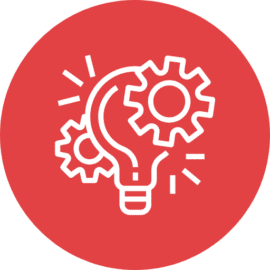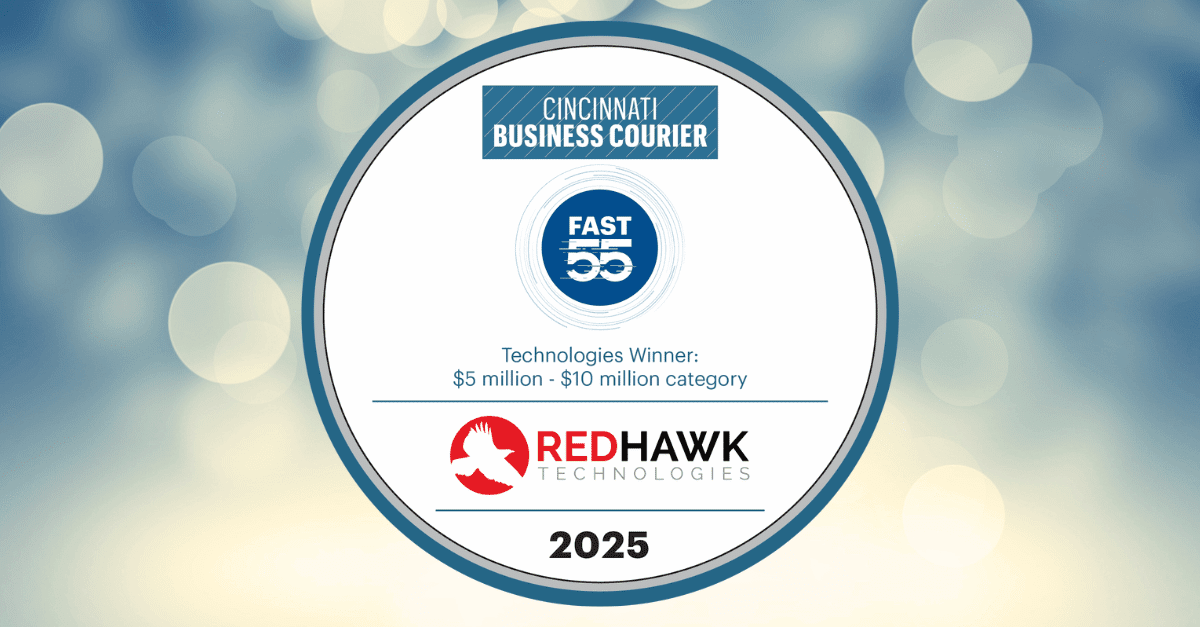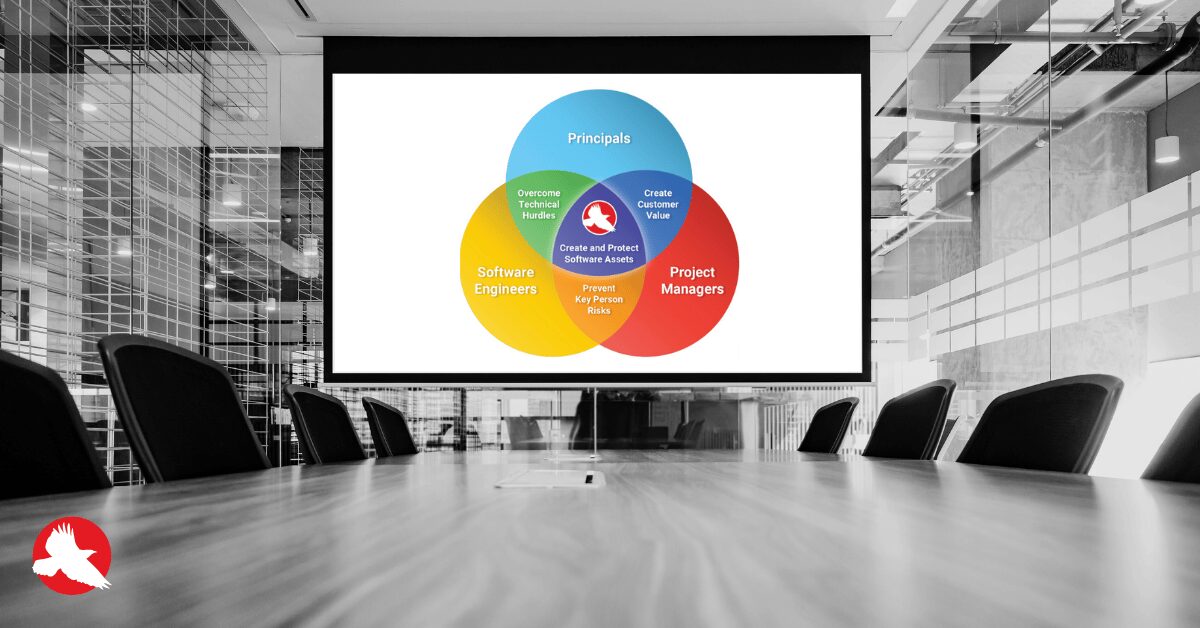Don't Let a "Stroke of Genius" Become a Six-Figure Mistake
Every entrepreneur dreams of that lightning-strike moment: a brilliant idea for a game-changing custom software application that could unlock massive revenue for their business. Imagine having an established market share, existing client relationships to leverage for pre-sales, and a clear vision for a new product.
This was the exact scenario for a CEO we recently had the pleasure of working with. He was so enthusiastic that he'd already invested significant time and resources into crafting a detailed Request for Proposal (RFP) before we even met. His RFP was comprehensive, outlining an algorithm, specifying a third-party IoT device for humidity measurement, and even prioritizing user interface design to empower his sales team with pre-sales materials. His playbook was set, and all he needed was a vendor to execute it perfectly.
What could possibly go wrong? More than you might think, and the potential for a bad software investment looms large when critical early steps are missed.
The RFP Process: A Fork in the Road to Avoiding a Bad Investment
Our client submitted his RFP to build a custom application to integrate with a specific IoT device to three highly recommended software development companies. Two responded quickly, with minimal questions, eager to start work immediately and offering various options to bring his vision to life. The third, as you might have guessed, was Red Hawk Technologies.
We were excited to be considered, knowing the competition was stiff. The straightforward path would have been to simply respond to the RFP, provide references, and offer a competitive budget. However, as we reviewed the RFP, we identified several potential risks—not for us, but for the client. These risks pointed directly to the possibility of a substantial, bad software investment.
We had some critical questions:
- How was the algorithm defined and tested?
- How would "normal" humidity be determined in various environments?
- Were the indicated tolerances for detecting abnormal humidity levels truly reasonable?
- How would the IoT device's performance be impacted by fading battery life?
Through these questions, we learned that the client had made several assumptions about the algorithm and expected the IoT device to behave consistently, simply failing to report data when its battery died. This lack of validated assumptions is a classic precursor to a bad software investment.
The Red Hawk Technologies Alternative: Prioritizing Your Success to Prevent Bad Software Investment
We were asked to expedite our proposal, as the other vendors had already submitted their budgets and project plans without concern. However, simply responding to the RFP as-is would have meant bypassing our core values: Empathy, Integrity, Creativity, Transparency, and Collaboration. It would have put our client on a direct path to a potentially bad software investment.
So, we declined to submit a standard proposal. Instead, we offered a Feasibility Study.
Incorrect assumptions lie at the root of every failure. Have the courage to test your assumptions.
Brian Tracy
Fortunately, after a brief call to explain our concerns, the client was receptive. We proposed a phased approach, knowing that if the results were positive, the source code developed during the study could be repurposed for the larger project. This proactive step was key to helping them prevent a bad software investment.
The Feasibility Study in Action: A Shield Against Financial Loss
Here's what our Feasibility Study entailed:
- We developed a web application to collect data from a dozen of the client's IoT devices.
- We programmed an interface to display the data, using the client’s algorithm to indicate normal versus abnormal humidity levels.
- We systematically changed humidity levels to test the IoT devices’ responsiveness, consistency, and overall performance.
- We allowed for continuous operation, closely monitoring performance as the IoT devices' batteries faded.
The Results: A Priceless Discovery (and How It Saved Six Figures)
The study revealed crucial insights:
- The IoT devices became increasingly unreliable, behaving erratically as battery life diminished.
- There were significant issues with the algorithm, requiring on-site calibration to accurately define "normal" humidity levels.
Ultimately, the client's larger vision, as initially conceived, proved unfeasible. The CEO made the difficult but smart decision to pull the plug, having spent less than 5% of his initial budget for product development. This decision was a direct result of the feasibility study helping him prevent a bad software investment that could have easily run into six figures.
While disappointed in the study's findings, he was incredibly grateful. Had he chosen either of the other vendors, he would have invested 10X what he spent on our feasibility study before encountering the exact same limitations. Our approach helped him prevent a bad software investment of significant magnitude.
Our Recommendation: Look for a Partner, Not Just a Vendor, to Prevent Bad Software Investment
When you're discussing custom software development, systems integration, or web and mobile application projects with potential partners, pay close attention to the types of questions they're asking. If they're not proactively identifying potential risks to your business, they may not be the best choice and could lead you down a path to a bad software investment.
At Red Hawk Technologies, we believe in testing assumptions and prioritizing your long-term success. A small investment in a feasibility study can prevent a six-figure mistake and save you invaluable time and resources down the line. It's the smart way to prevent bad software investment and ensure your capital is used effectively.
Ready to discuss your next big idea and ensure its true potential, while effectively mitigating the risk of a bad software investment? Contact Red Hawk Technologies today.
Clarify and Define YourBig Idea
Use these easy-to-follow presentation slides to facilitate your own tech innovation workshop:
- Explore your vision for a new web or mobile app
- Define your goals and audience
- Outline logistics and required technology
- Move toward next steps in making your idea a reality

Download the Presentation
Reach New Heights
Read more articles about custom software development, mobile applications and technology trends from our team.

Do-It-Yourself Tech Innovation Workshop: Aligning Your Team and Defining Value

Modernizing Legacy Systems: Love It or Leave It for Business Growth?

Custom Mobile App Maintenance



